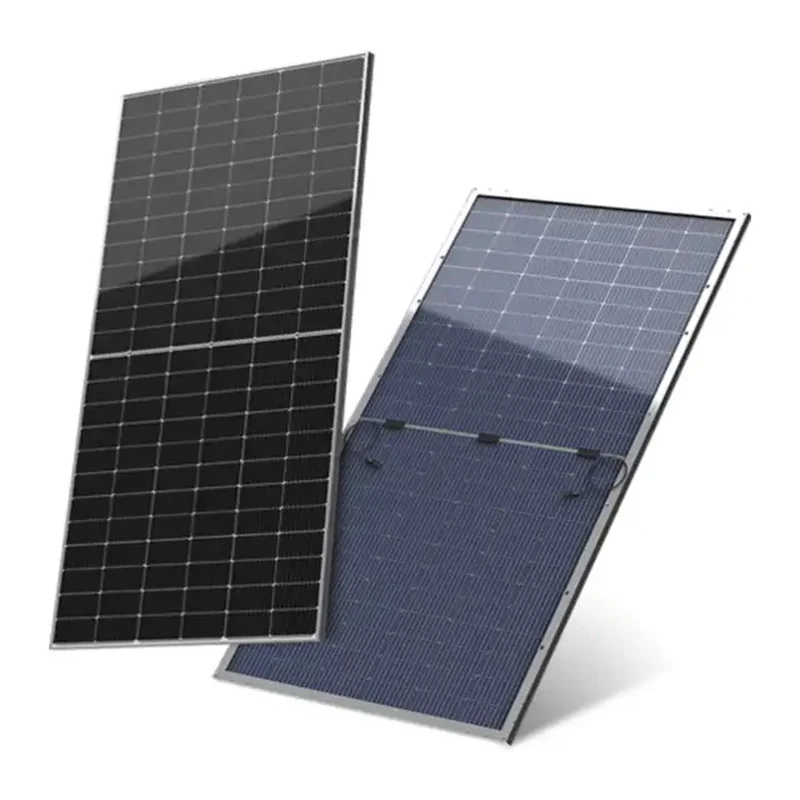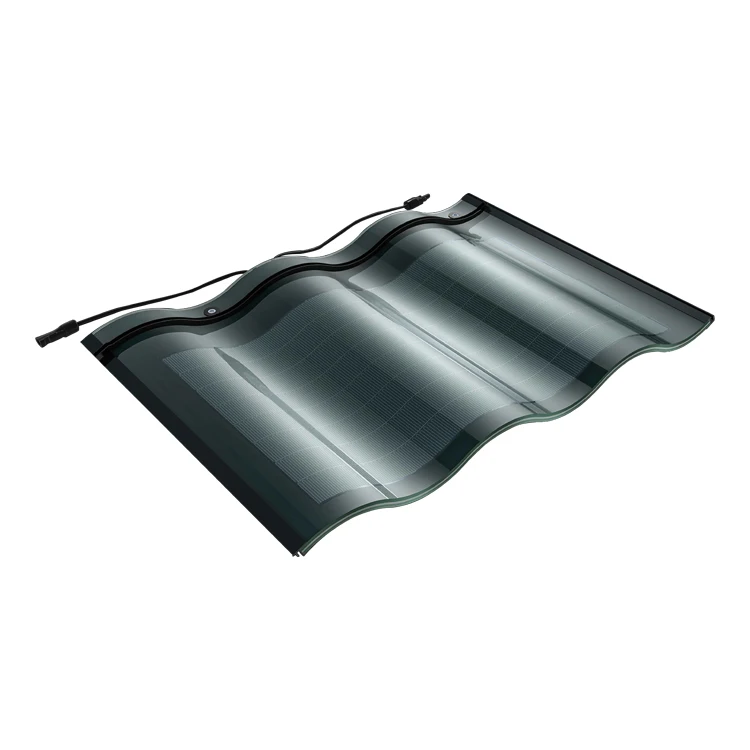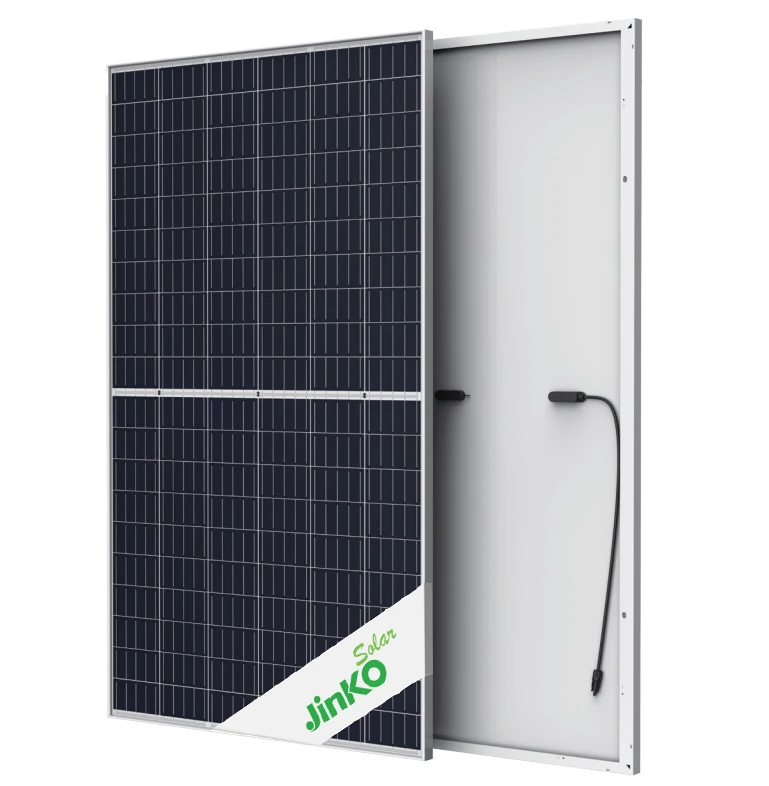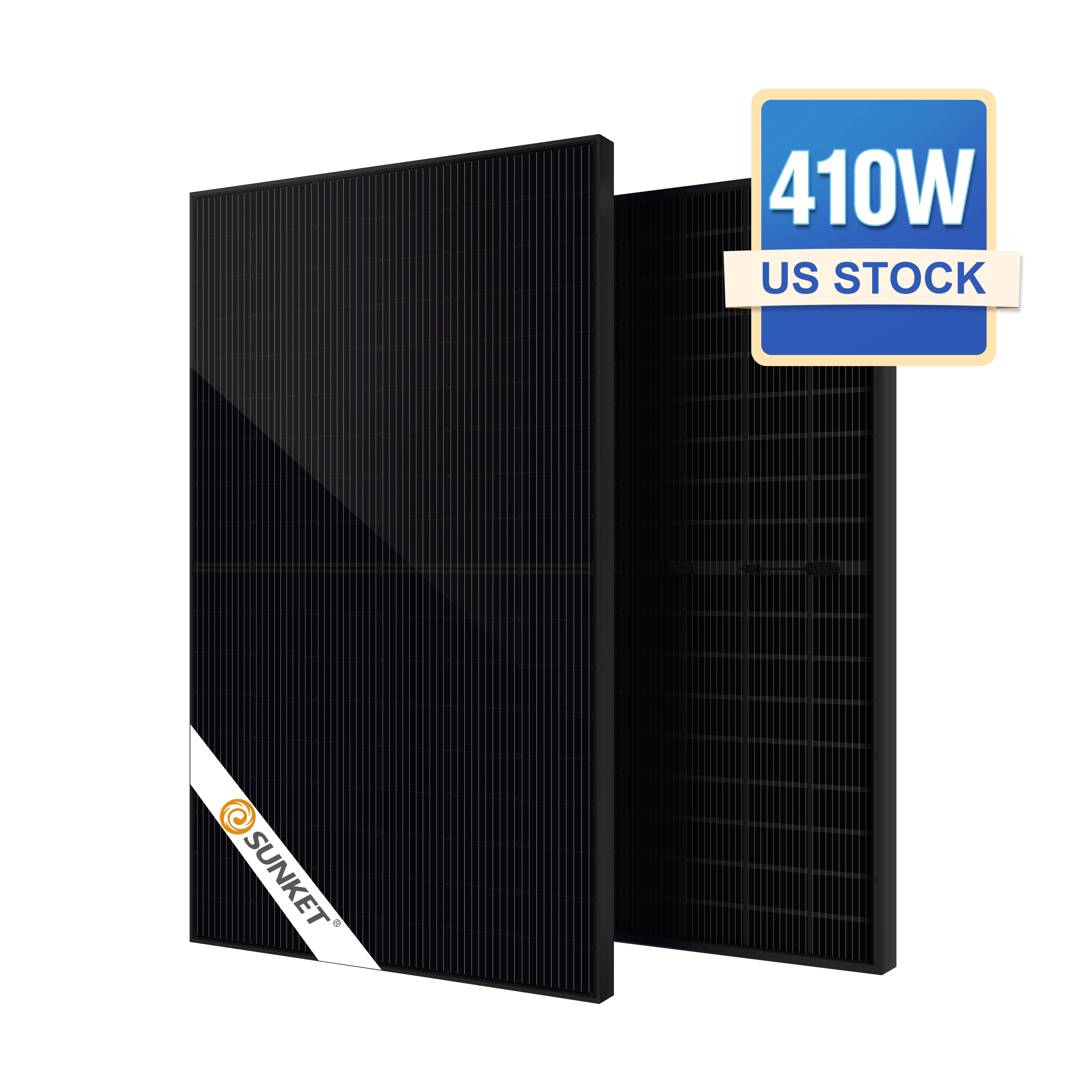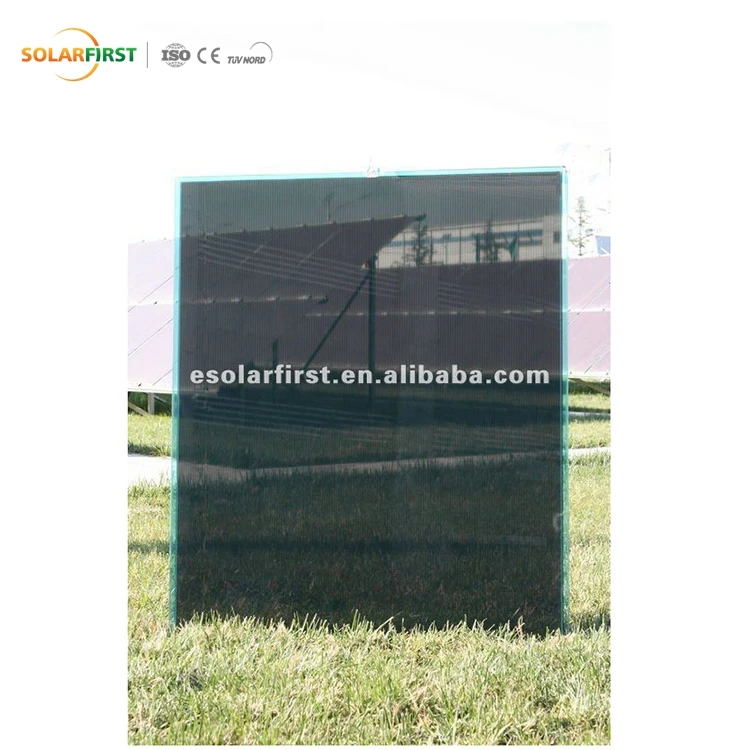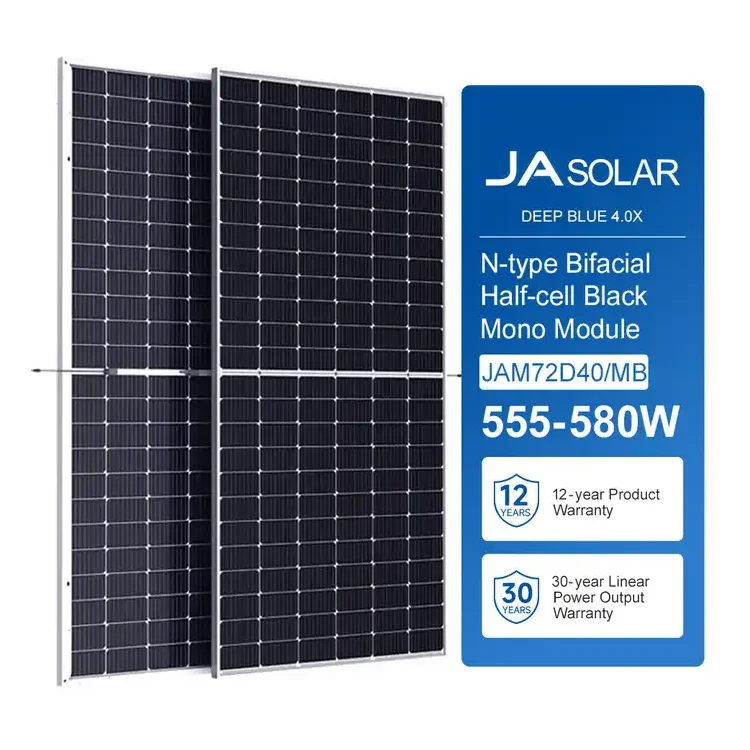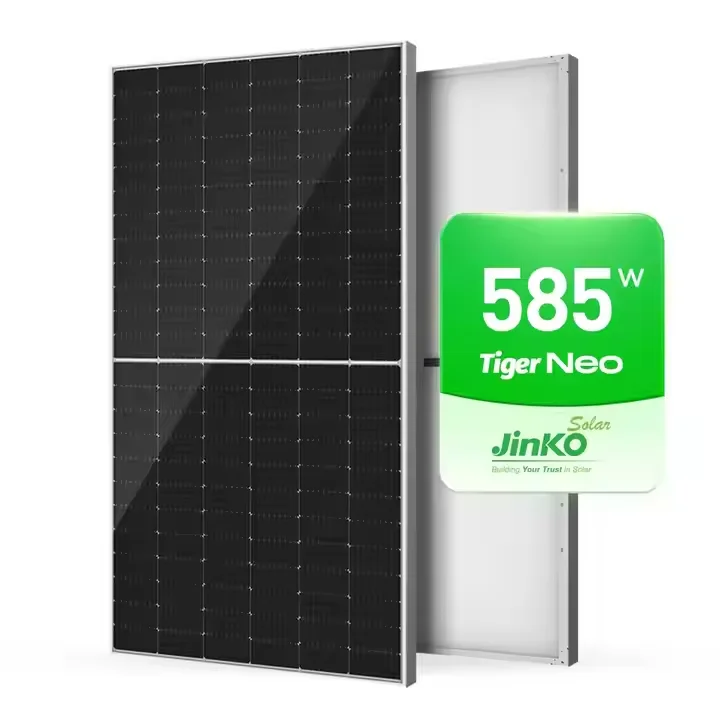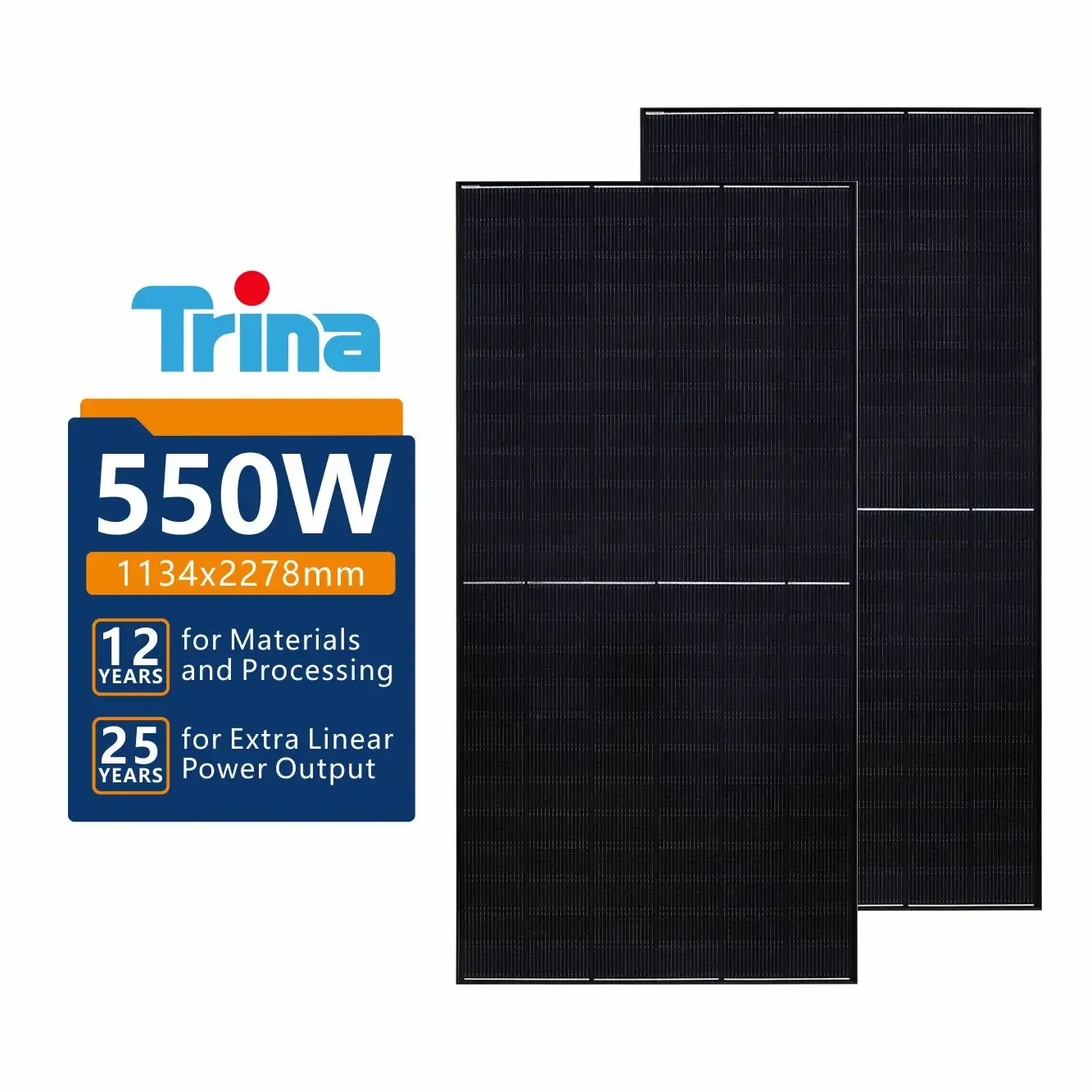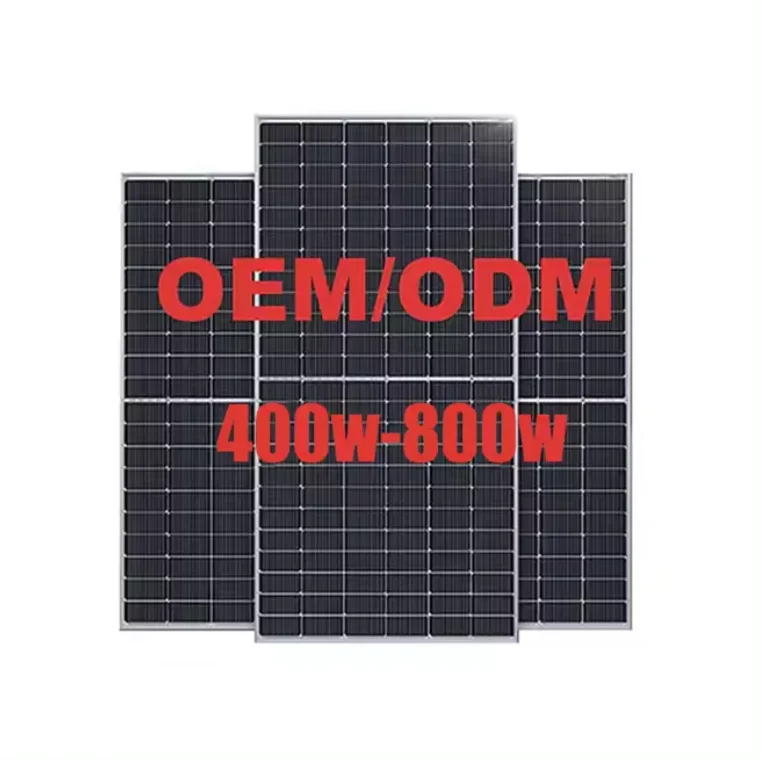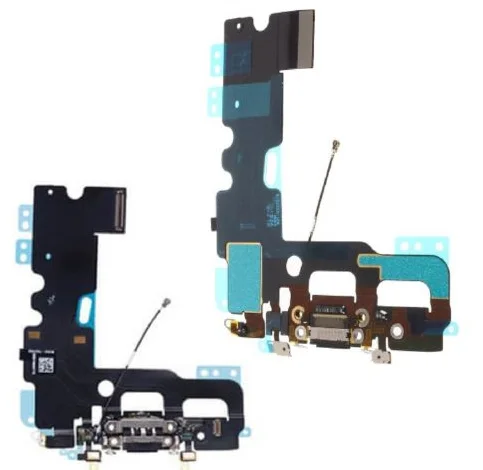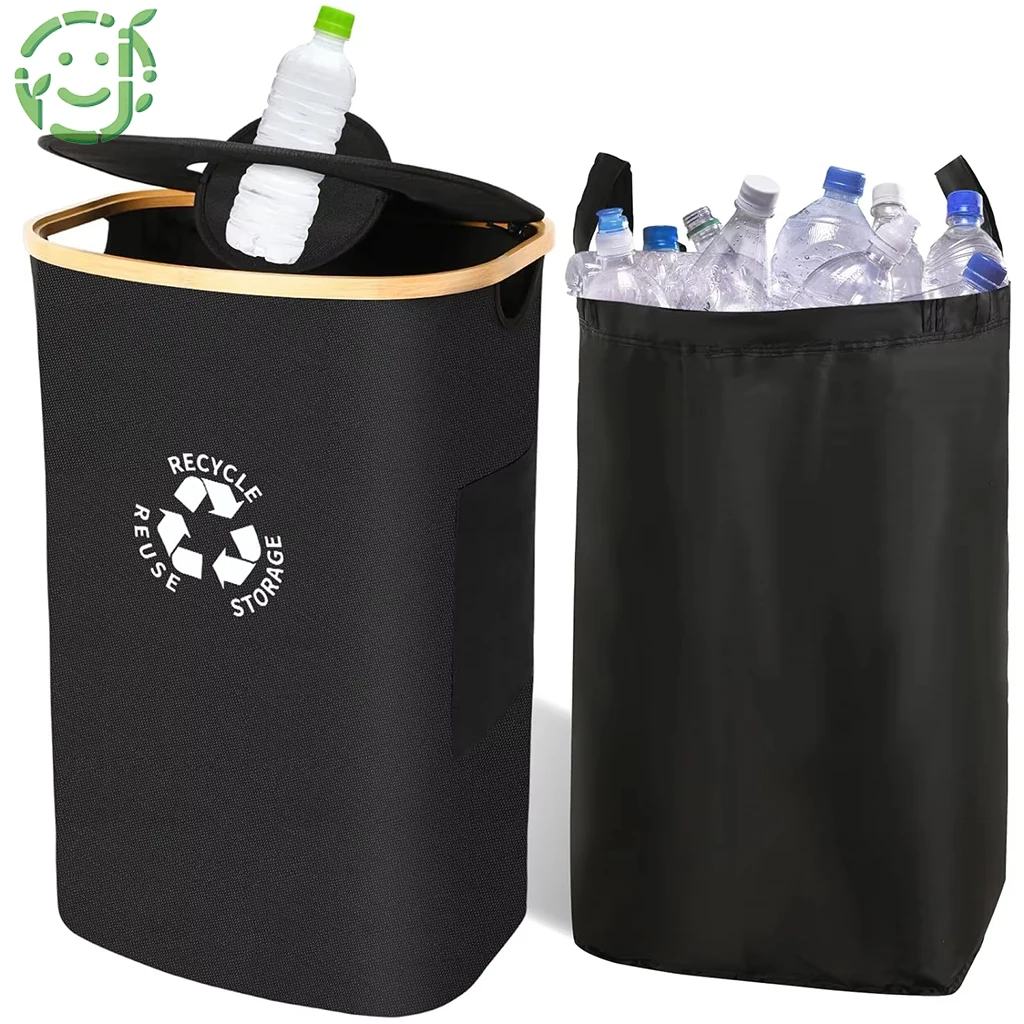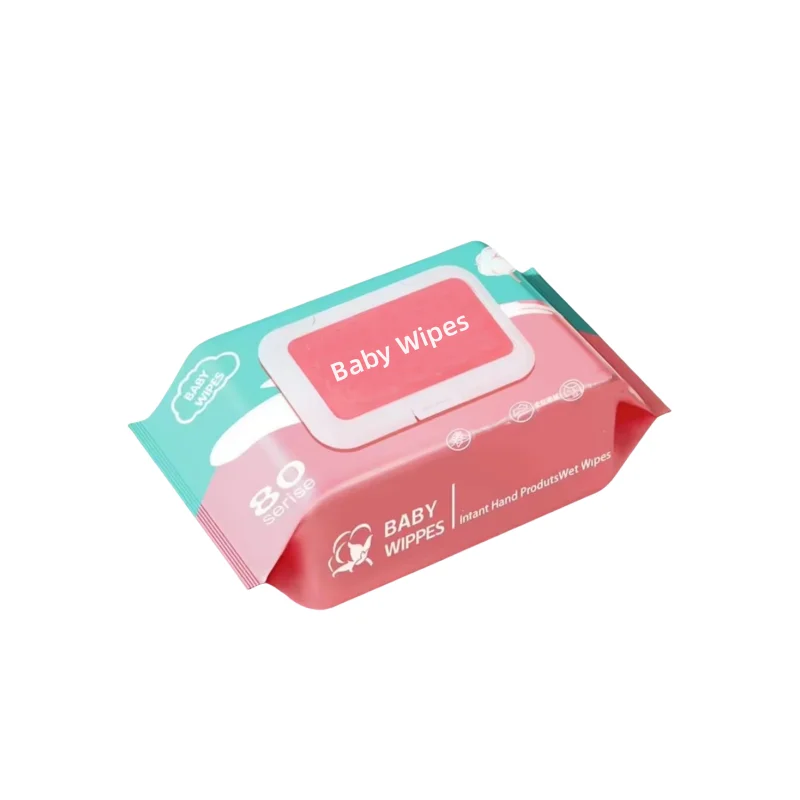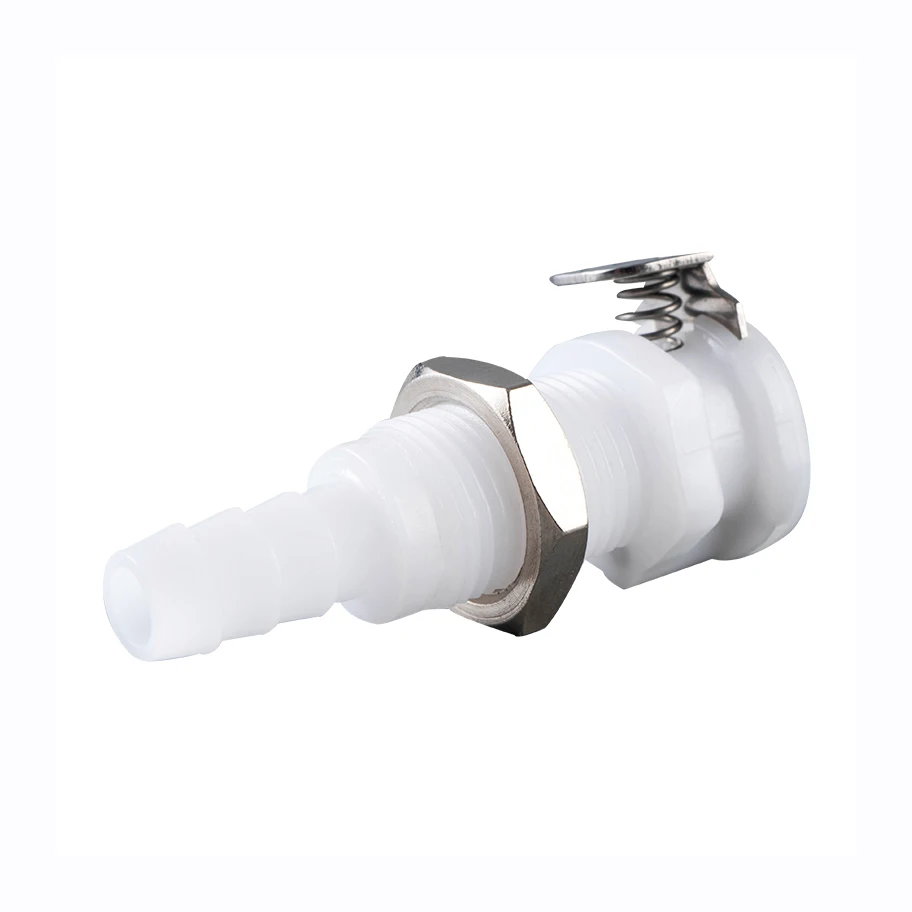Wholesale High Quality Factory Direct Sales Jinko Solar PV Module 570w 575w 580w N type Solar Panels Price
- Category: >>>
- Supplier: Ningbo Essolx Solar Co. Ltd
Share on (1601018718255):
Product Overview
Description
Product Description

580w Jinko Solar N-Type Panels Description:
Introducing the latest innovation from Jinko Solar - the 580w N-Type Panels. These high-efficiency solar panels are designed to outperform traditional solar panels, providing a superior energy generation capacity. With a sleek and durabledesign, these panels are built to withstand harsh environmental conditions, making them an ideal choice for both residential and commercial installations. The N-Type technology used in these panels ensures greater efficiency and reliability, allowing for maximum energy production. Jinko Solar is renowned for its commitment to quality and innovation, making these 580w N-Type Panels a reliable and sustainable choice for your solar energy needs. Trust in Jinko Solar to provide you with the latest and most advanced solar technology on the market!
What is the Difference Between N-type and P-type Solar Panels?
1. N-type Semiconductor:
* In N-type semiconductors, the dominant charge carriers are electrons.
* This type of semiconductor is created by introducing impurities, such as phosphorus or arsenic, which have more electrons
in their outer shells than the atoms of the semiconductor material.
* The additional electrons from the impurities become the majority charge carriers and contribute to electrical conduction.
* Electrons are negatively charged particles.
2. P-type Semiconductor:
* In P-type semiconductors, the dominant charge carriers are holes (absence of electrons).
* P-type semiconductors are created by introducing impurities, such as boron or gallium, which have fewer electrons in their
outer shells than the atoms of the semiconductor material.
* The introduced impurities create "holes" in the crystal lattice, which can accept and conduct positive charge.
* Holes can be thought of as positive charge carriers, even though they are technically the absence of electrons.
In summary, the key difference between N-type and P-type semiconductors lies in the type of majority charge carriers they
support—N-type semiconductors have electrons as the majority carriers, while P-type semiconductors have holes (positive charge
carriers) as the majority carriers. These different types of semiconductors are essential for building various electronic
components, such as diodes and transistors, which form the basis of modern electronic devices.
What is the Difference Between N-type and P-type Solar Panels?
N-type and P-type are terms commonly associated with semiconductor materials, especially in the context of electronic devices like
transistors and diodes. These terms refer to the type of doping or impurities added to a semiconductor material to modify its
electrical properties. Semiconductors are materials that have electrical conductivity between that of conductors and insulators.
transistors and diodes. These terms refer to the type of doping or impurities added to a semiconductor material to modify its
electrical properties. Semiconductors are materials that have electrical conductivity between that of conductors and insulators.
1. N-type Semiconductor:
* In N-type semiconductors, the dominant charge carriers are electrons.
* This type of semiconductor is created by introducing impurities, such as phosphorus or arsenic, which have more electrons
in their outer shells than the atoms of the semiconductor material.
* The additional electrons from the impurities become the majority charge carriers and contribute to electrical conduction.
* Electrons are negatively charged particles.
2. P-type Semiconductor:
* In P-type semiconductors, the dominant charge carriers are holes (absence of electrons).
* P-type semiconductors are created by introducing impurities, such as boron or gallium, which have fewer electrons in their
outer shells than the atoms of the semiconductor material.
* The introduced impurities create "holes" in the crystal lattice, which can accept and conduct positive charge.
* Holes can be thought of as positive charge carriers, even though they are technically the absence of electrons.
In summary, the key difference between N-type and P-type semiconductors lies in the type of majority charge carriers they
support—N-type semiconductors have electrons as the majority carriers, while P-type semiconductors have holes (positive charge
carriers) as the majority carriers. These different types of semiconductors are essential for building various electronic
components, such as diodes and transistors, which form the basis of modern electronic devices.
Specification
Electrical Data(STC) | ||||||||||
Rated Power Watt- Pmax (W) | JKM560N-72HL4-BDV | JKM565N-72HL4-BDV | JKM570N-72HL4-BDV | JKM575N-72HL4-BDV | JKM580N-72HL4-BDV | |||||
Maximum Power - Pmax (W) | 560 | 565 | 570 | 575 | 580 | |||||
Maximum Power Voltage-Vmp(V) | 41.95 | 42.14 | 42.29 | 42.44 | 42.59 | |||||
Maximum Power Current- Imp (A) | 13.35 | 13.41 | 13.48 | 13.55 | 13.62 | |||||
Open Circuit Voltage- Voc (V) | 50.67 | 50.87 | 51.07 | 51.27 | 51.47 | |||||
Short Circuit Current- Isc (A) | 14.13 | 14.19 | 14.25 | 14.31 | 14.37 | |||||
Module Efficiency (%) | 0.2168 | 0.2187 | 0.2207 | 0.2226 | 0.2245 | |||||
JINKO SOLAR MODULE SPECIFICATION | ||||||||||
Standard Test Conditions (STC): air mass AM 1.5, irradiance 1000W/m2, cell temperature 25°C | ||||||||||
Electrical Data at NOCT | ||||||||||
Temperature | 45±2 °C | |||||||||
Nominal Operating Cell Temperature (NOCT): 800W/m2, AM 1.5, windspeed 1m/s,ambient temperature 20°C | ||||||||||
Thermal Ratings | ||||||||||
Operating Temperature Range | -40~85 °C | |||||||||
Temperature Coefficient of Pmax | -0.3 %/°C | |||||||||
Temperature Coefficient of Voc | -0.25 %/°C | |||||||||
Temperature Coefficient of Isc | 0.046 %/°C | |||||||||
Maximum Ratings | ||||||||||
Maximum System Voltage | 1500 V | |||||||||
Series Fuse Rating | 30 A | |||||||||
Material Data | ||||||||||
Panel Dimension (H/W/D) | 2278x1134x30 mm | |||||||||
Weight | 32 kg | |||||||||
Cell Type | Bifacial | |||||||||
Cell Number | 144 | |||||||||
Glass Type | Anti-reflection Coating | |||||||||
Glass Thickness | 2 mm | |||||||||
Frame Type | Anodized Aluminium Alloy | |||||||||
Junction Box Protection Class | IP 68 | |||||||||
Cable Crossection | 4 mm2 | |||||||||

- Low iron tempered embossed glass.
- 3.2mm thickness, enhance the impact resistance of modules.
- Self- cleaning function.
- The bending strength is 3-5 times that of ordinary glass.

- Half cut mono solar cells, up to 22% efficiency.
- High-precision screen printing to ensure accurate grid position for automatic soldering and laser cutting.
- No color difference, outstanding appearance.

- 2 to 6 terminal blocks can be set as needed.
- All connection methods are connected by quick plug-in.
- The shell is made of imported high-grade raw materials and has high anti-aging and UV resistance.
- IP67 & IP68 rate protection level.

- Enhance the light transmission of the components.
- The cells are packaged to prevent the external environment from affecting the electrical performance of the cells.
- Bonding solar cells, tempered glass, TPT together, with a certain bond strength.
- The cells are packaged to prevent the external environment from affecting the electrical performance of the cells.
- Bonding solar cells, tempered glass, TPT together, with a certain bond strength.

- Silver frame are optional.
- Strong corrosion and oxidation resistance.
- Strong strength and firmness.
- Easy to transport and install, even if the surface is scratched, it will not oxidize and will not affect performance.






Packing & Delivery



Company Profile

ESS: Energy Storage System
SOL: Solar/Sun
X: Expert/Specialist
Essolx, Energy Storage Specialist!
Essolx is an international,comprehensive growing company committed to provide Energy Storage Solar System,Solar Panels,Lithium Ion Batteries and solar parts globally.
Essolx was founded in 2015,aiming at becoming Pioneer Energy Sustainable Solution Supplier,
Essolx Solar has adopted international advanced production equipments and dedicated to provide high performance solar panel system with competitive cost.
Essolx, your energy storage specialist, looking forward to work with your company!
FAQ
1. What are bifacial solar modules?
Bifacial solar modules offer many advantages over traditional solar panels. Power can be produced from both sides of a bifacial module, increasing total energy generation. They’re often more durable because both sides are UV resistant, and potential-induced degradation (PID) concerns are reduced when the bifacial module is frameless. Balance of system (BOS) costs are also reduced when more power can be generated from bifacial modules in a smaller array footprint.
Some companies with bifacial modules currently on the market include LG, LONGi, Lumos Solar, Prism Solar, Silfab, Sunpreme, Trina Solar and Yingli Solar. As more manufacturers begin production, bifacial modules look to be a niche product entering the mainstream.
Bifacial solar modules offer many advantages over traditional solar panels. Power can be produced from both sides of a bifacial module, increasing total energy generation. They’re often more durable because both sides are UV resistant, and potential-induced degradation (PID) concerns are reduced when the bifacial module is frameless. Balance of system (BOS) costs are also reduced when more power can be generated from bifacial modules in a smaller array footprint.
Some companies with bifacial modules currently on the market include LG, LONGi, Lumos Solar, Prism Solar, Silfab, Sunpreme, Trina Solar and Yingli Solar. As more manufacturers begin production, bifacial modules look to be a niche product entering the mainstream.
2. Are bifacial solar panels worth it?
Bifacial panels outperform traditional, one-faced panels throughout the year. Under ideal conditions, bifacial panels can produce 27% more energy.
Bifacial panels outperform traditional, one-faced panels throughout the year. Under ideal conditions, bifacial panels can produce 27% more energy.
3. How efficient is bifacial panel?
With an efficiency rating between 20% to 40%, Bifacial modules have lower Balance Of Systems (BOS) costs as fewer modules are needed to produce the same amount of energy as traditional modules.
With an efficiency rating between 20% to 40%, Bifacial modules have lower Balance Of Systems (BOS) costs as fewer modules are needed to produce the same amount of energy as traditional modules.
4. What is the difference between mono and bifacial solar panel?
Traditional solar panels are monofacial, with solar cells on only one side of the panels. Bifacial solar panels feature solar
cells on both sides.
Traditional solar panels are monofacial, with solar cells on only one side of the panels. Bifacial solar panels feature solar
cells on both sides.





We Recommend
New Arrivals
New products from manufacturers at wholesale prices
